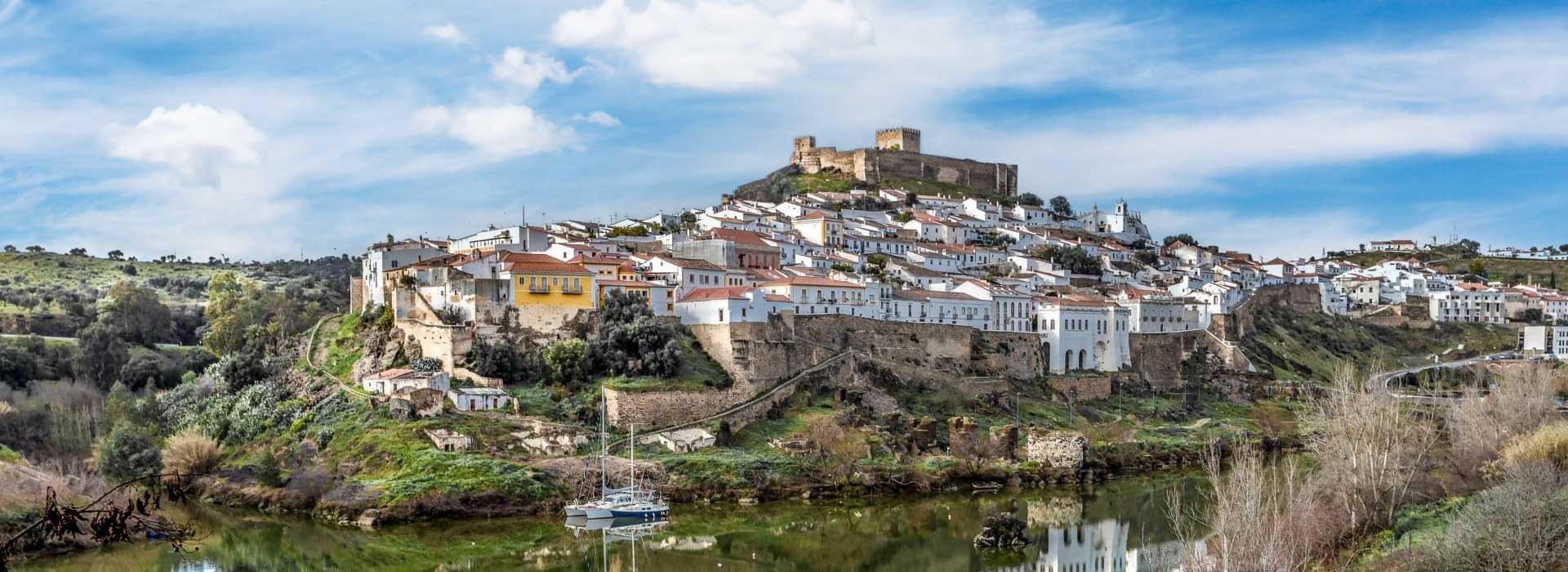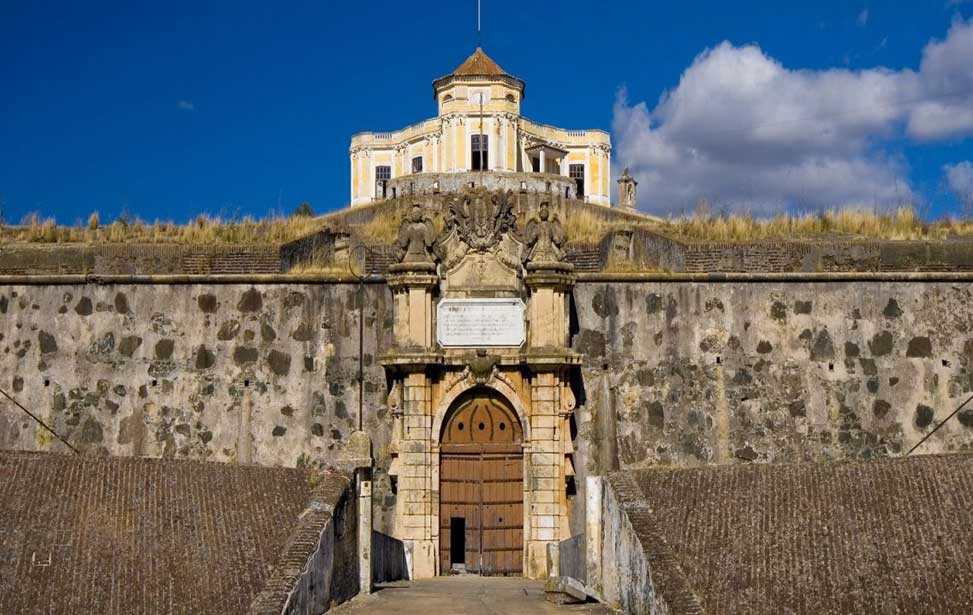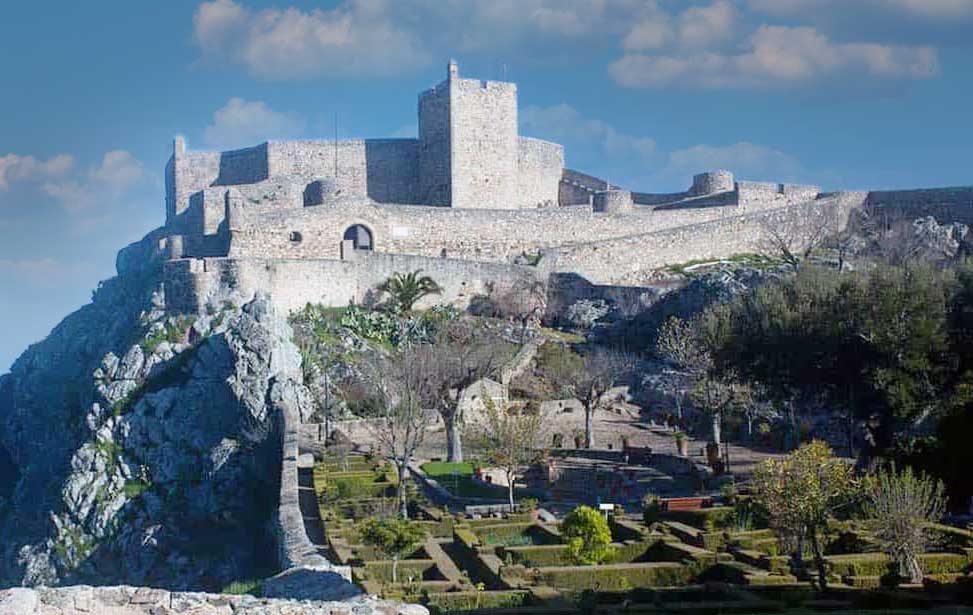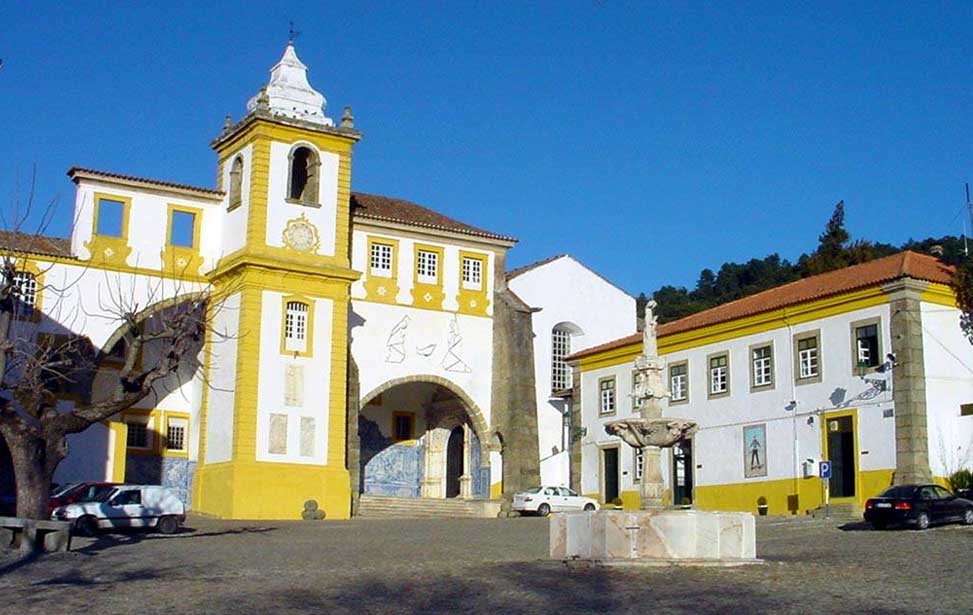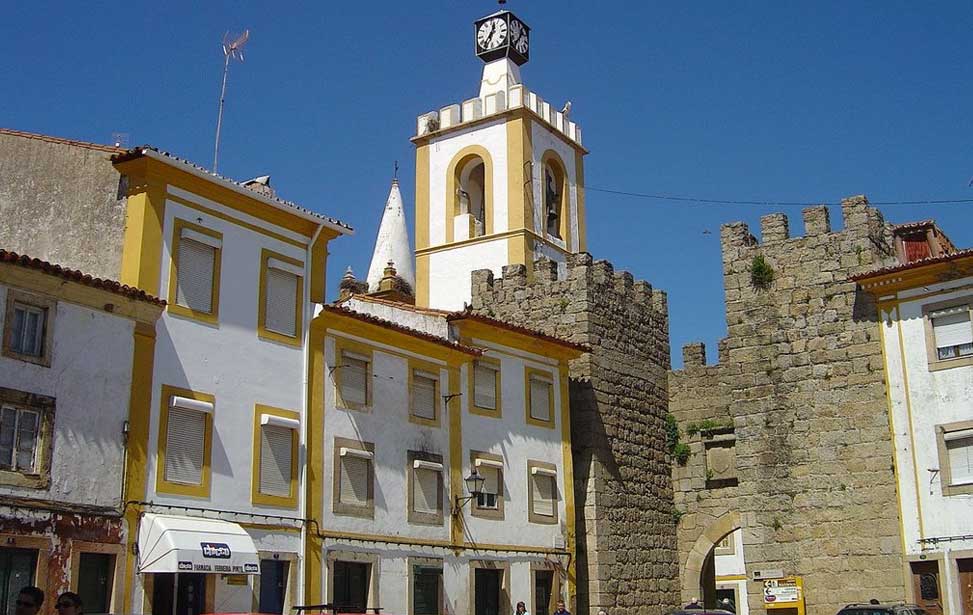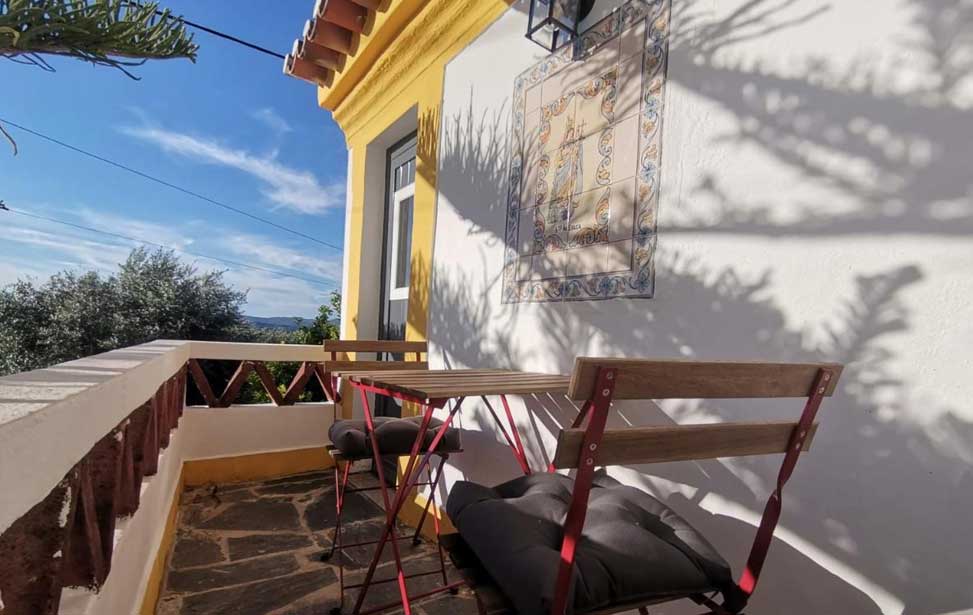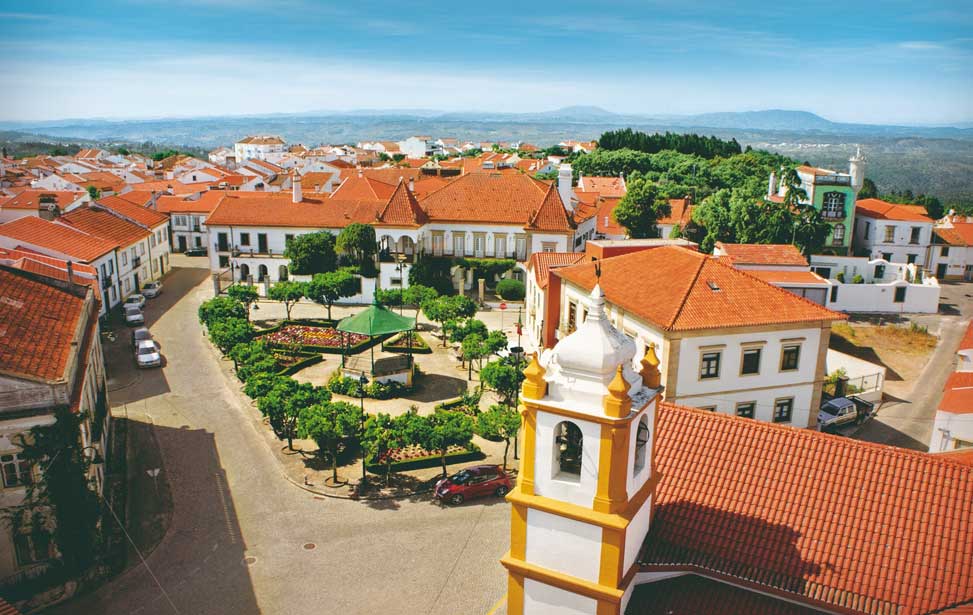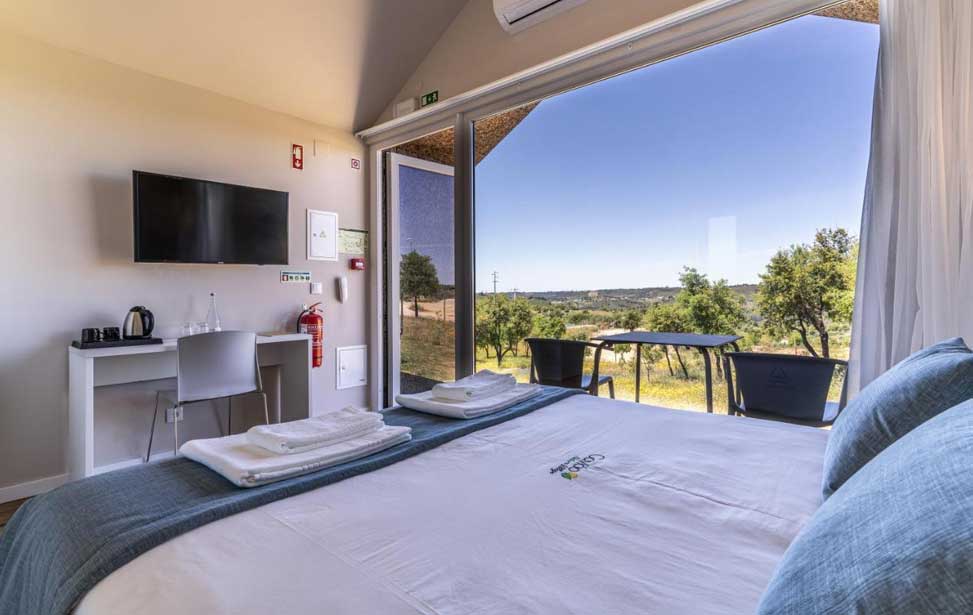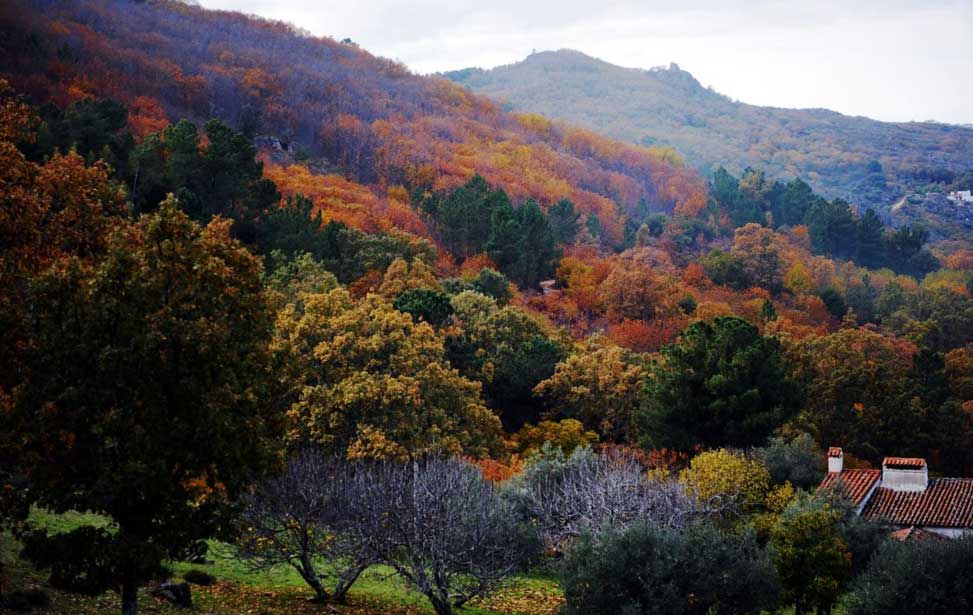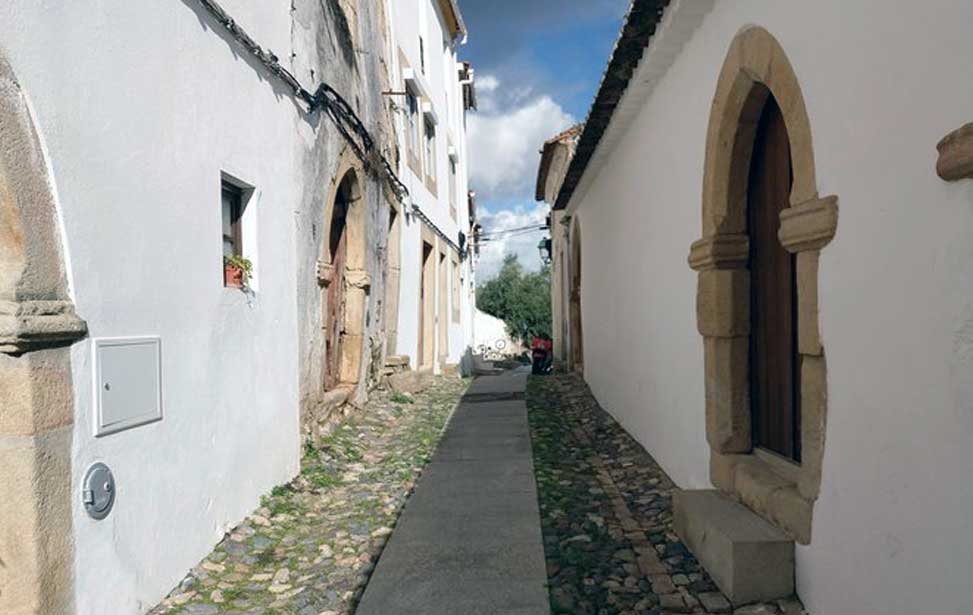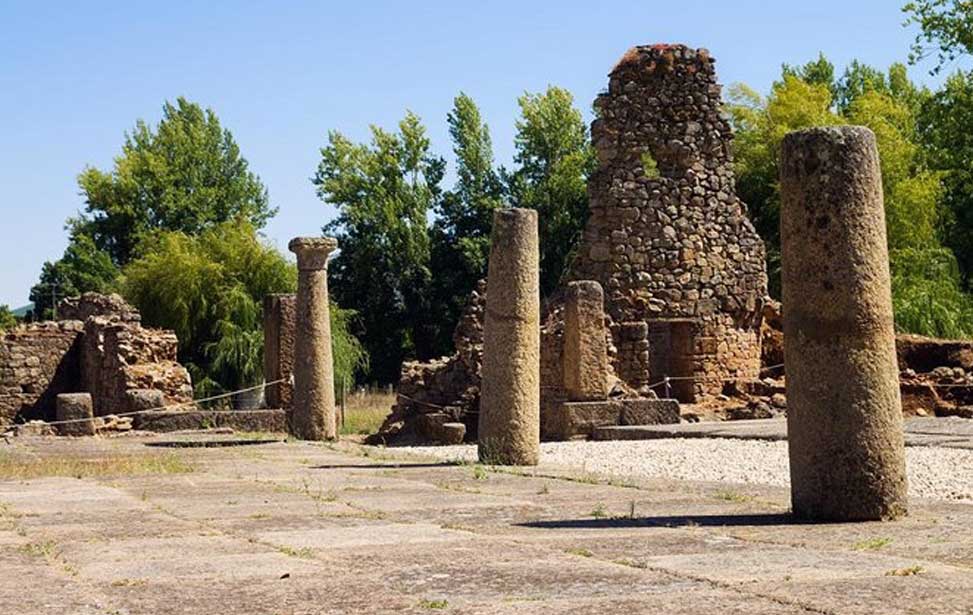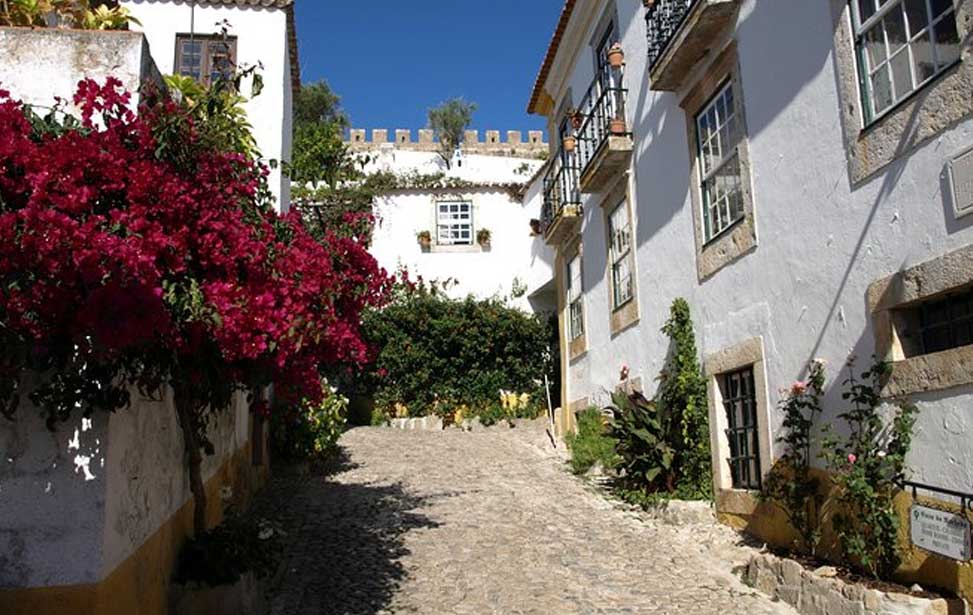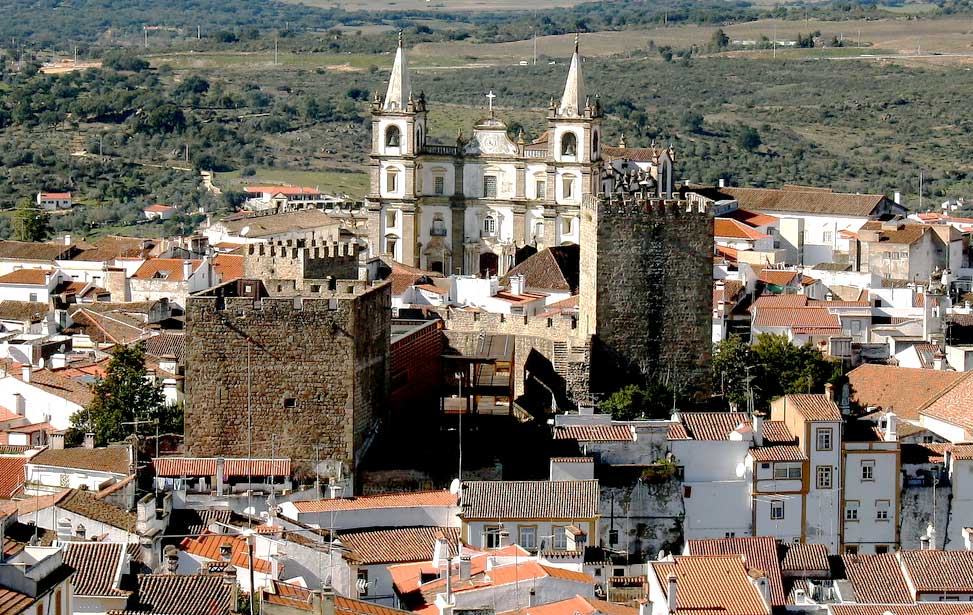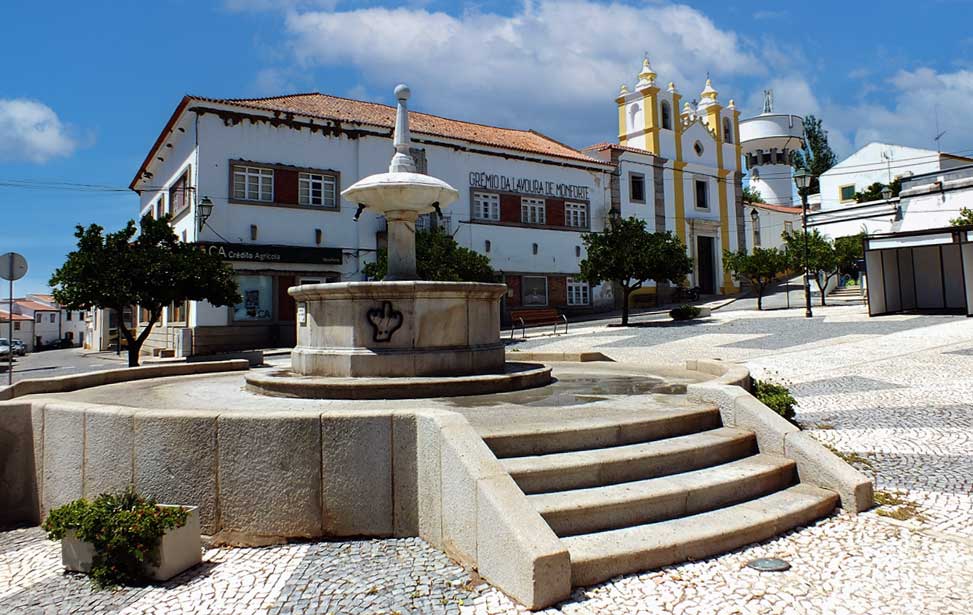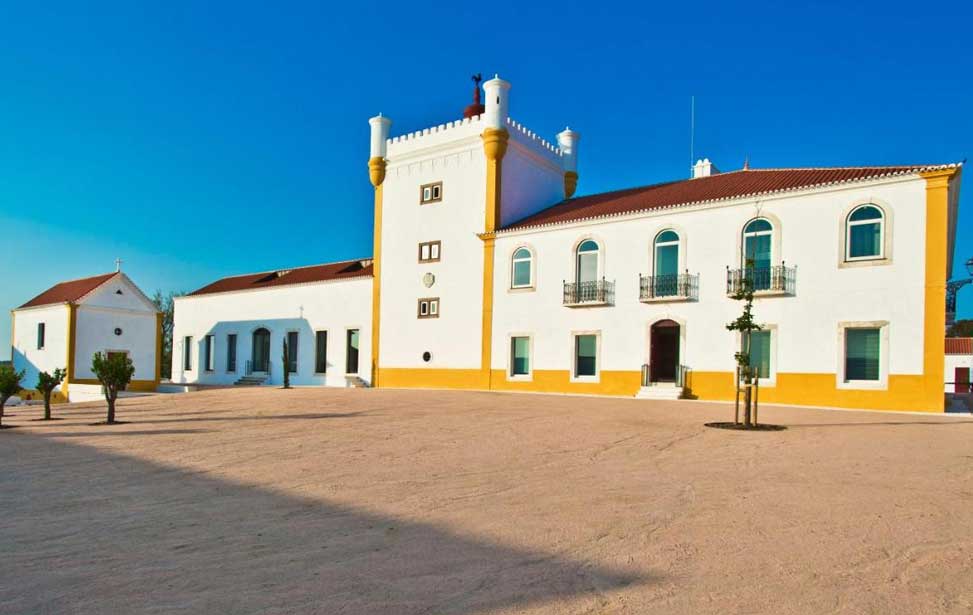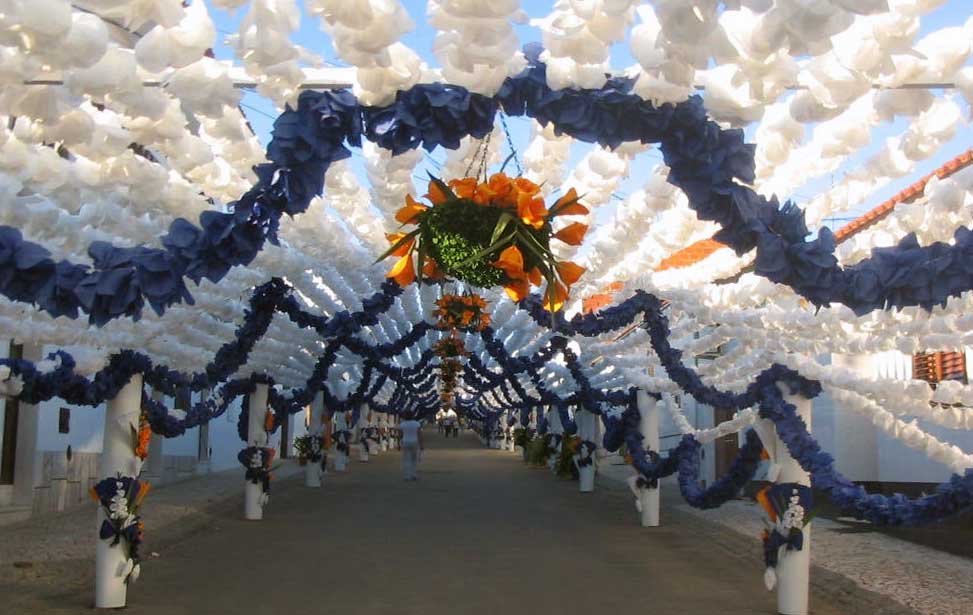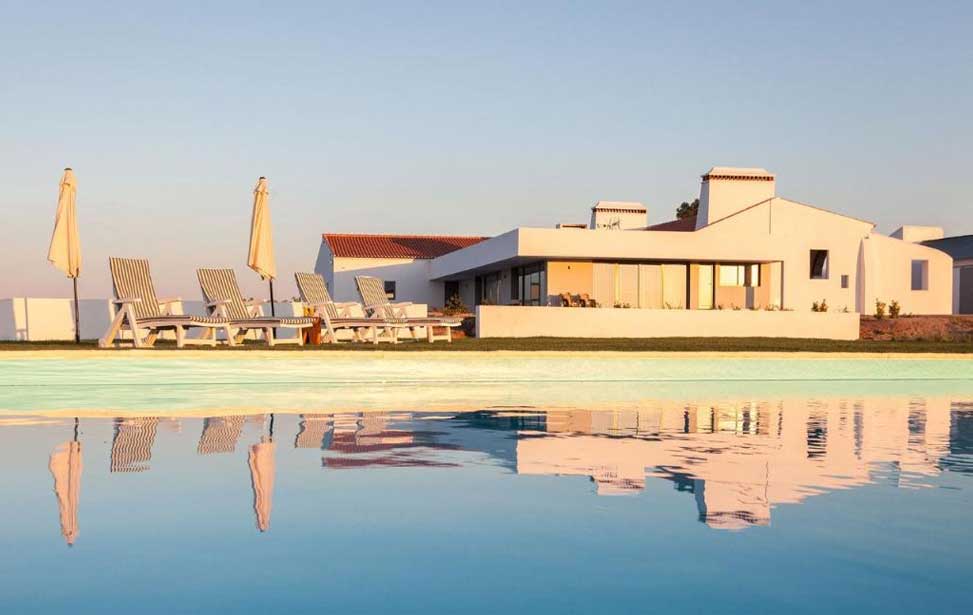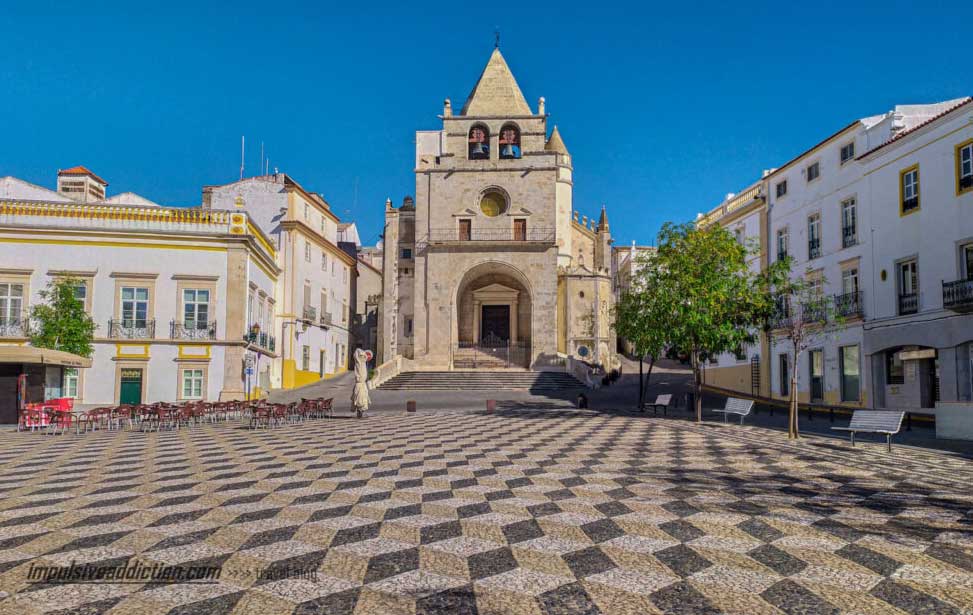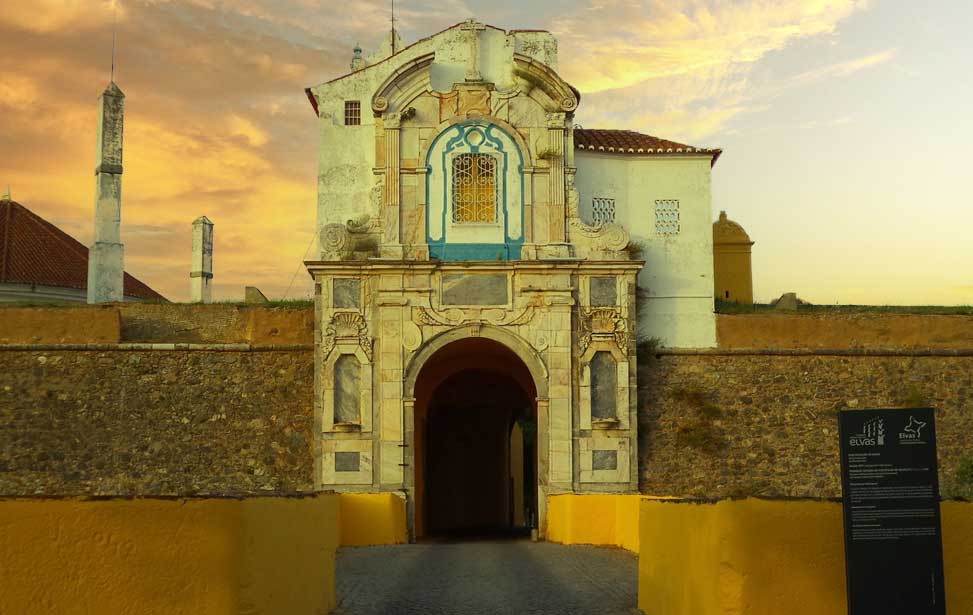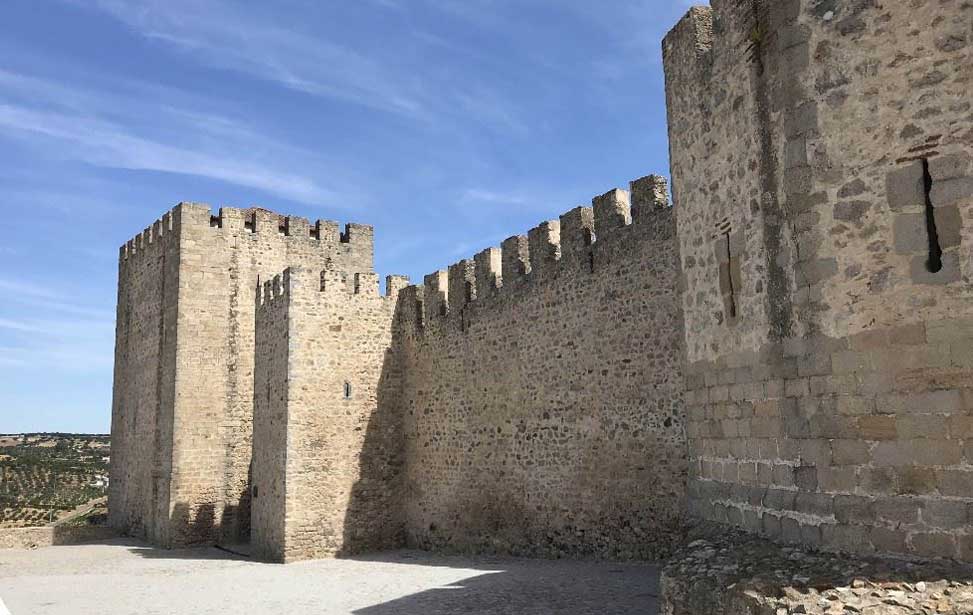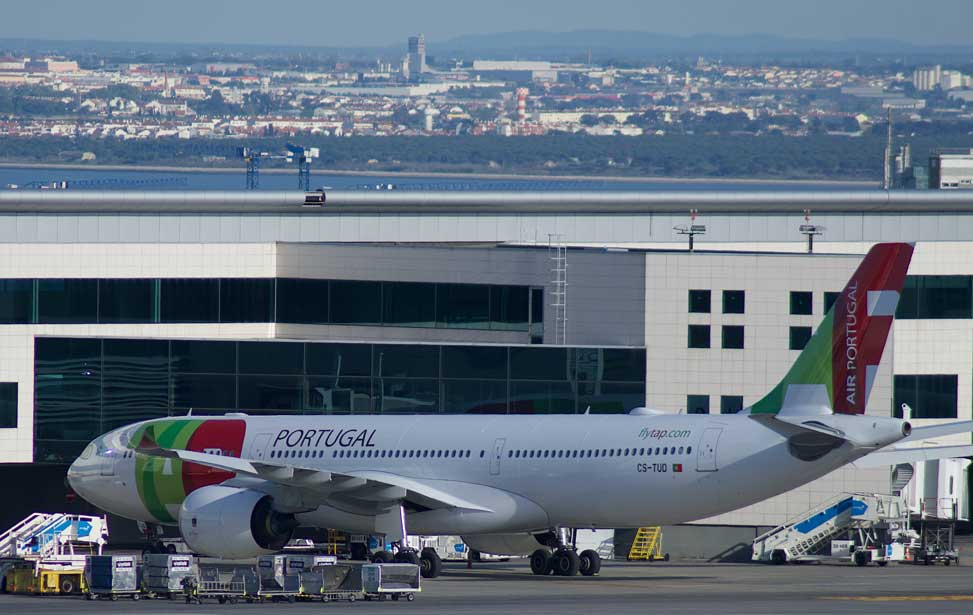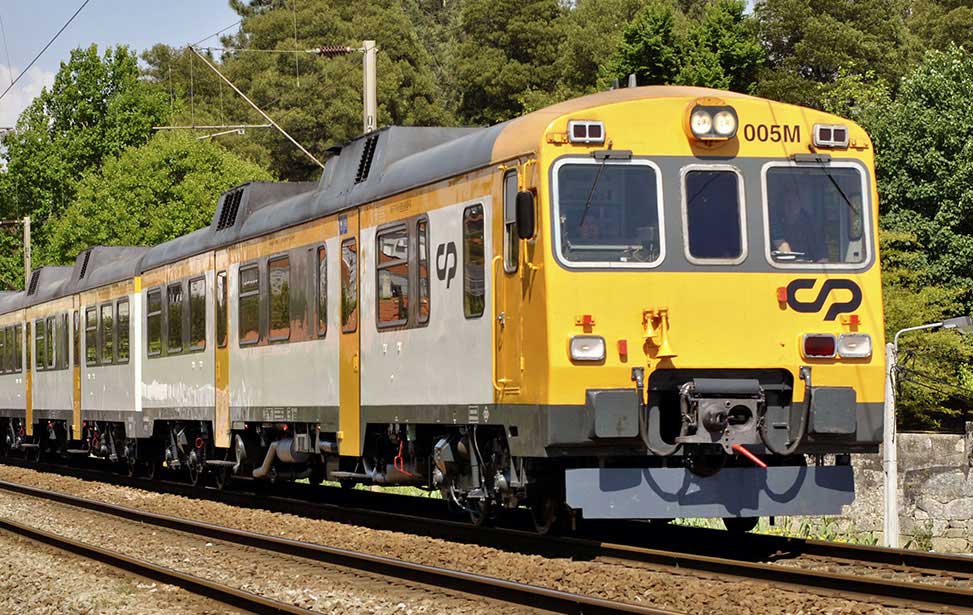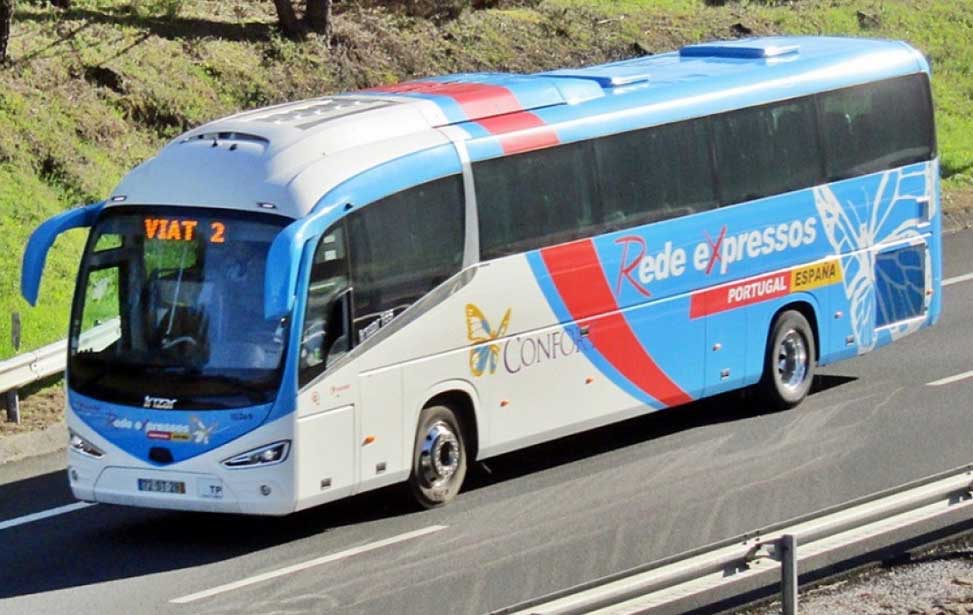ALTO ALENTEJO
The northern part of the Alentejo is where differing landscapes meet. Vestiges of people past dot the terrain with Megalithic monuments, Roman ruins, ancient bridges, medieval castles and timeless villages. In the east of the region, the land rises to high altitudes in the São Mamede Natural Park. This elevated land is steeped in cultural and historical heritage and is a haven for a diverse ecosystem – it is also an area of outstanding beauty. Nested upon the summits in the park are the beautiful Medieval towns of Castelo de Vide and Marvão. In the foothills is the capital of the Alto Alentejo, Portalegre. The city has a long history and became prosperous during the 17th and 18th centuries, due to the textile industry. Within the city, there is a rich tapestry of monuments, palaces, museums and a medieval castle.
Heading west away from Portalegre the topography levels out and the land becomes more arable, with olive groves, vineyards and fruit orchards. Towns like Nisa have been occupied since the iron age and have seen successive civilisations come and go. The meandering river Tejo (Tagus) forms a natural border between the Alto Alentejo and Médio Tejo and Lezíria do Tejo districts. During the age of Reconquista, the Tejo formed a natural defensive feature against the Moorish occupiers. Along both banks of the river are several castles, fortified towns and watchtowers in various states of preservation. WWW.MADABOUTPORTUGAL.COM is at hand as your essential guide to the best things to see, where to visit, where to rest your head and the best places to sample the local cuisine.





